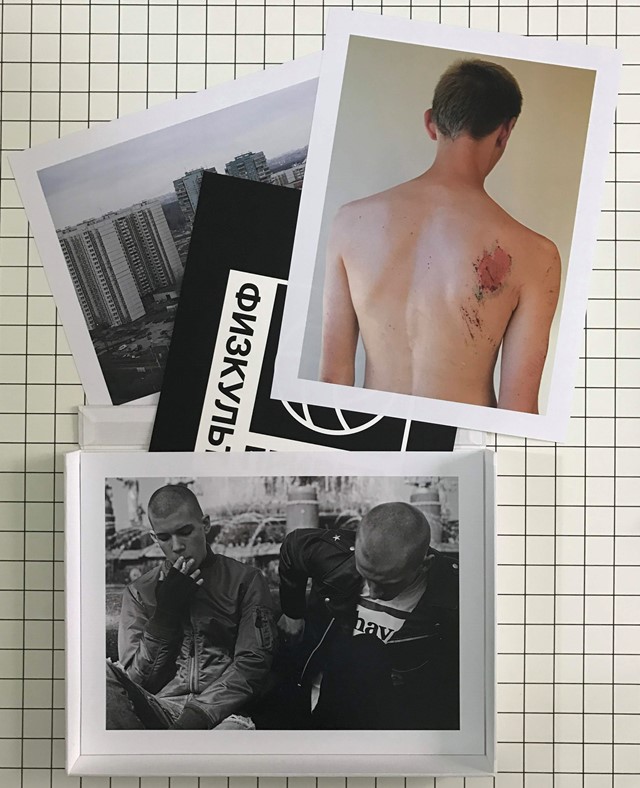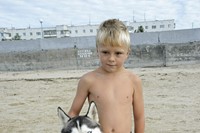As a limited run of Gosha Rubchinskiy’s latest prints drop at Dover Street Market today, the designer talks to AnOther about high fashion hype
Who better to celebrate the fifth birthday of Dover Street Market’s Ginza store than one of Comme Des Garçons’ most acclaimed charges? Operating as a satellite manufacturer and distributor for the Russian-based Gosha Rubchinskiy (ГОША РУБЧИНСКИЙ), CDG has been an integral cog in the hungrily consumed machine. Littered with skatewear references, 80s sportswear and the masculine uniforms of Russia’s youth, Rubchinskiy’s menswear is instantly snapped up – his S/S16 line for instance, sold out at DSM in two days while die-hard fans auction his pieces on unofficial Facebook fan sites. The designer’s artwork is inextricably linked to his clothing designs and this latest iteration – a boxset of five photographic prints and five screen prints in collaboration with IDEA – pools imagery from past projects together into a continuation of the Gosha Rubchinskiy world. Part of the Eastern-bloc invasion (Rubchinskiy modelled the infamous DHL t-shirt for Vetements, with whom he shares stylist Lotta Volkova), the radical designer compares his must-have offerings to hit singles which, as Rubchinskiy explains, makes this Tokyo-launched set “the very exclusive Japanese edition of the single, even more limited!”
Though the first editions launched last week at the Ginza birthday celebration, a very small selection hits shelves at Dover Street Market, London, today. But it’s unlikely they’ll linger there long: Print Edition is the fourth in a string of collaborations with IDEA, the predecessors of which – Crimea / Kids (2014), Youth Hotel (2015), and The Day of My Death (2016) – all sold out in record time. Priced at £650 for the set, these limited edition prints outweigh the more moderately priced Gosha Rubchinskiy clothing – items start at £50 for a t-shirt, £95 for trousers – and play into the marriage of high and low that both the designer’s friend, Demna Gvasalia, and Rubchinskiy have brought to the fashion world of late. In a time where Balenciaga hoodies can be purchased for £300 while a Vetements + Juicy Couture velour tracksuit goes for a sweet £1,400, these designers are fraying the very fabric of the industry. Rubchinskiy’s art comes arm-in-arm with this new mode – made no less covetable by its larger price tag.
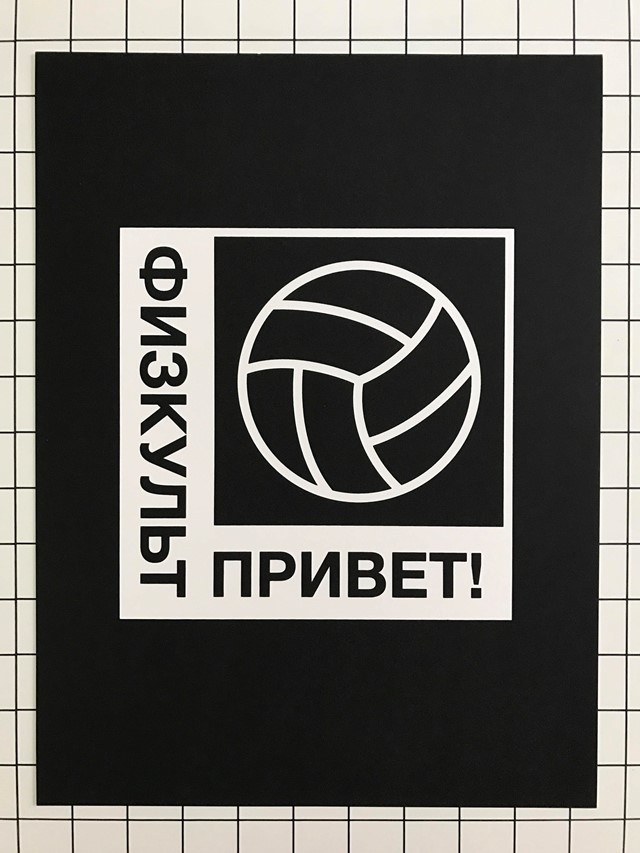
“I don’t separate art and fashion. For me they are both one of the same,” Rubchisnkiy tells AnOther. “They help each other. Every project has a different angle, however they are always connected to art and in a way also to fashion.” The shared aim of these correlating mediums is to document life – that of Russian youth in the post-Soviet era – and it’s through clothing that he explores this. Themes of masculinity, youth and tribes intertwine the Rubchinskiy world with notes of obsession – that of skateboarding enthusiasts and football fans – so it’s no real surprise that his creations are much sought after. The Print Edition imagery lends an extra dimension to this heady concoction, combining branded typography and Skate Punk album graphics with photographs set in a distinctly urban context. A photograph of a young boy and his grazed shoulder, with his shaved head turned from the camera speaks of an anonymous masculinity, shared between viewer, photographer and subject.
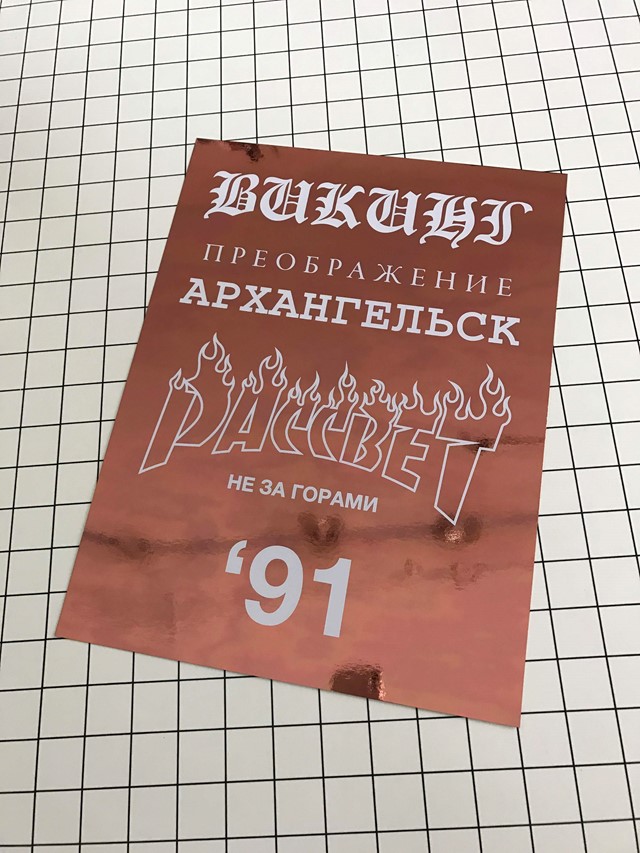
“This image was taken in 2011 during my Transfiguration project,” Rubchinskiy explains of the photograph. “We had set up a small studio as well as a skate spot in Saint Petersburg. Every day, boys would come to skate there and we would make short interviews and photo portraits of them. One day this boy came and asked if he could chill at the studio. He started telling us about how he had been skating downhill the day before and hurt and fell. As he was talking he showed us his mark and I took his picture. This is an example of what I love about photography. I like real people, documentary style, really showing things the way they are.”
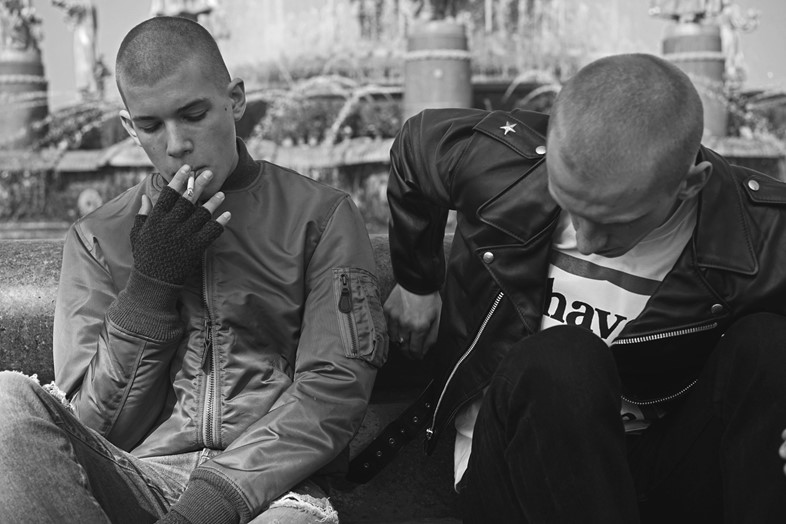
Typically, catwalk shows are a performance – and thus, a fantasy world – within which a brand peddles its wares. But Rubchinskiy brings this element of documentation and reality onto the runway too, claiming that sometimes it’s the best place for it. “It’s easier to speak through photography, as it is more visual. However, sometimes, other mediums can work better. Let’s take our A/W17 show. Last June, we presented our A/W17 collection in Kaliningrad, worn by boys from all over Russia. We created an original soundtrack for the show made of interviews of all the boys talking about their lives, dreams and hopes. This was even stronger than photography. But it’s great when everything is linked. It’s always better to work together.”
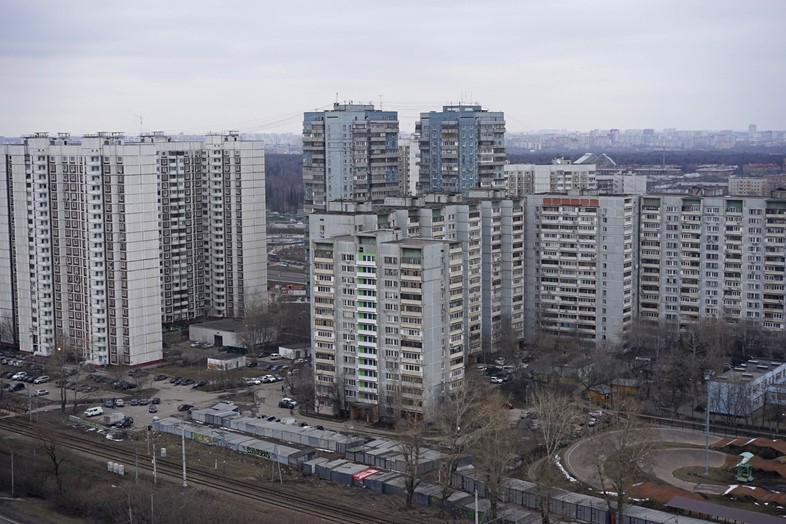
So is it playful pricing, or the words ‘Limited Edition’ that lend these pieces such hot status? Perhaps it’s simply this pull between high fashion and real life that has engaged such a broad and hungry audience. “What is high fashion now? Sometimes limited edition Supreme can have higher prices than high fashion. I don’t want to put Gosha in a box – even though we are presenting a box set. Gosha is Gosha, every time we try to find our own way.” Whatever it is, Gosha should keep doing Gosha. It works.
